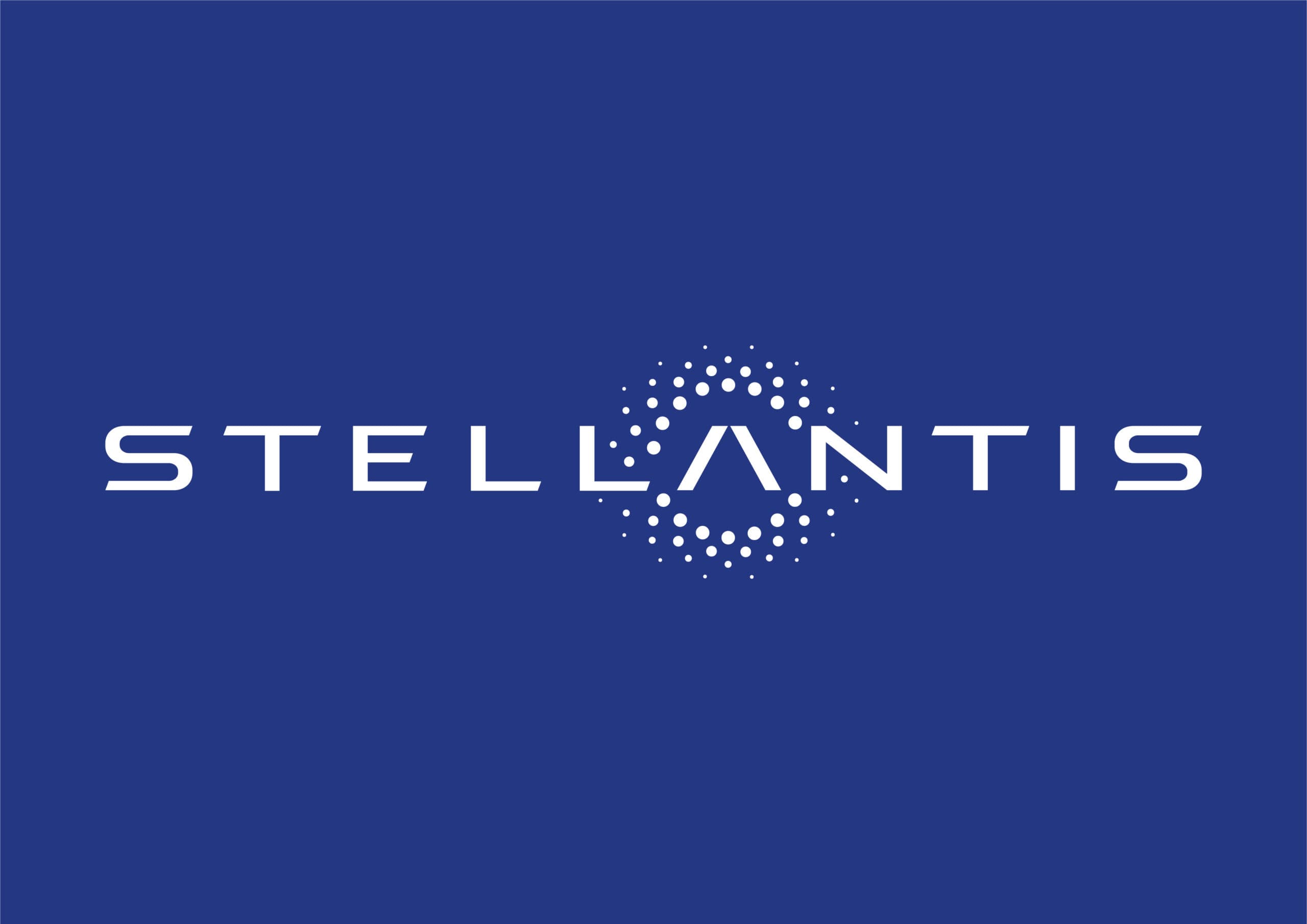Stellantis has revealed its electrification plans through 2025 and it looks quite comprehensive. The company has revealed that all of its brands aim to have best-in-class battery-electric vehicles with the help of new platforms and fast charging times that will allow its vehicles to regain 20 miles per minute. In total, Stellantis will invest €30 billion ($35.5 billion) in electrification and software while retaining an investment efficiency of 30 percent or better than the industry average.
The company also plans to increase profitability over the coming years by taking advantage of the steady-state cash synergies between the 14 brands, which is good for €5 billion ($5.9 billion), optimization of distribution and production costs, finding new revenue areas, and battery cost reduction. Electrified mobility is key to this goal with 70 percent of passenger cars sold in Europe consisting of low-emissions vehicles by 2030. In the U.S., that mix is expected to be around 40 percent.
The electrification road map also makes use of a whole value chain that includes securing 130 GWh of capacity by 2025 before growing to 260 GWh in 2030. This will be done via supply contracts and partnerships, and the opening of five gigafactories in Europe and North America. Stellantis has already signed memorandums of understanding (MOUs) with two lithium geothermal brine process partners in North America and Europe to ensure sustainable lithium supply, which is considered the most critical raw material for batteries. Stellantis is also targeting battery cost reduction of over 40 percent between 2020 and 2024 and an additional 20 percent by 2030. It will do this via optimizing the overall pack, simplifying the module format, increasing battery cell size, and improving the battery chemistry. To maximize the full value of the battery life cycle and keep them sustainable over the long run, Stellantis will repair, remanufacture, recycle, and find second-life use for their packs.
“The customer is always at the heart of Stellantis and our commitment with this €30 billion-plus investment plan is to offer iconic vehicles that have the performance, capability, style, comfort, and electric range that fit seamlessly into their daily lives,” said Carlos Tavares, Chief Executive Officer, Stellantis. “The strategy we laid out today focuses the right amount of investment on the right technology to reach the market at the right time, ensuring that Stellantis powers the freedom of movement in the most efficient, affordable, and sustainable way.”
Affordability will be prioritized as Stellantis electrifies its 14 brands. It will do this with four platforms specifically developed for battery-electric vehicles and the ability to travel between 300 to 500 miles depending on the vehicles. The STLA Small platform will be good for up to 300 miles while the STLA Medium platforms will be able to do up to 440 miles. STLA Large and STLA Frame will have the most range, offering up to 500 miles per charge. Powering the vehicles will include a family of three electric drive modules that combine the motor, gearbox, and inverter. Stellantis says they will be flexible and compact, allowing for easy scaling. They’ll be used for FWD, AWD, RWD, and 4xe applications to deliver best-in-class performance, range, efficiency, and charging times. Hardware upgrades and over-the-air software updates will extend the life cycle of the four platforms. Stellantis will keep software development in-house to maintain each brand’s unique characteristic.
Batteries will be tailored for a wide range of vehicle types. Two types of chemistries are planned for 2024 to support different consumer needs: a high energy density option and a nickel cobalt-free alternative. Stellantis aims to introduce its first solid-state battery by 2026. It currently has or is about to complete key tech ventures with regards to e-powertrain and e-transmission operations, battery cell production and chemistry, and connected services. These aim to leverage in-house and partners’ expertise to bring new technology to market as quickly as possible while keeping the Stellantis brands competitive in the market.
“Our electrification journey is quite possibly the most important brick to lay as we start to reveal the future of Stellantis just six months after its birth, and now the entire company is in full execution mode to exceed every customer’s expectation and accelerate our role in redefining the way the world moves,” added Tavares. “We have the scale, the skills, the spirit, and the sustainability to achieve double-digit adjusted operating income margins, lead the industry with benchmark efficiencies and deliver electrified vehicles that ignite passion.”
In North America, expect Ram and Jeep to get the brunt of new electrified vehicles followed by Dodge and Chrysler. Alfa Romeo could also get a significant injection of new products to keep it competitive against European and Asian rivals.

